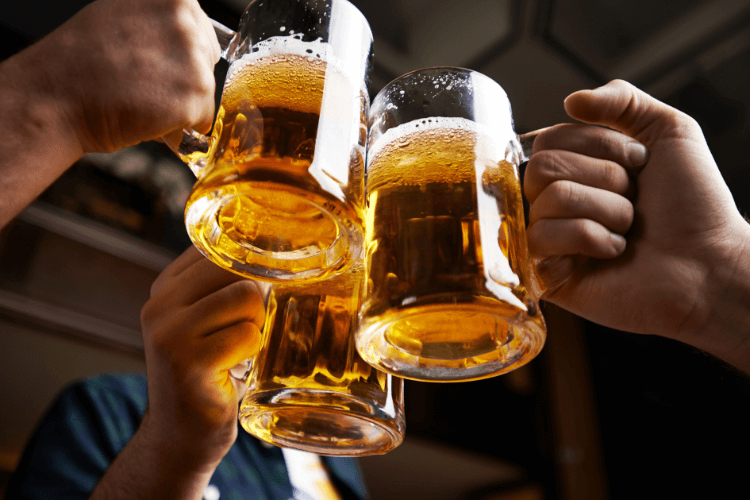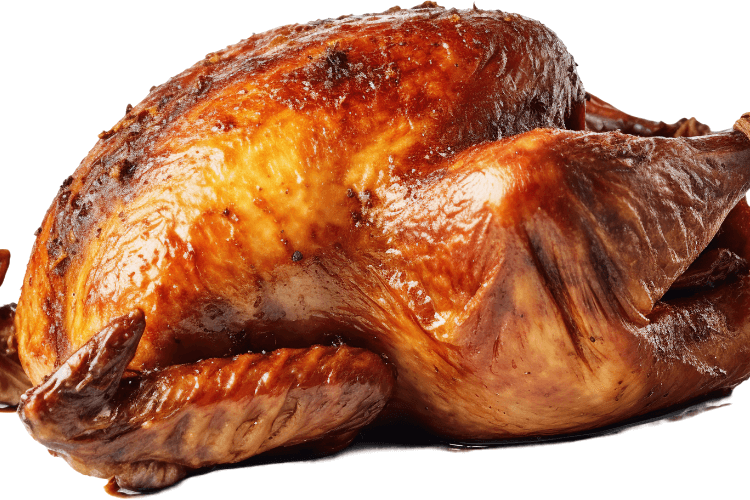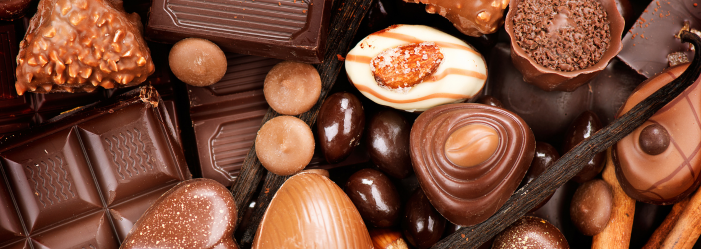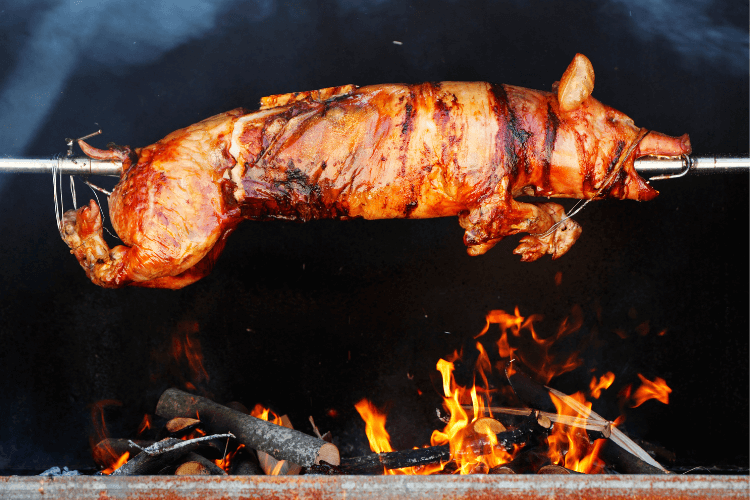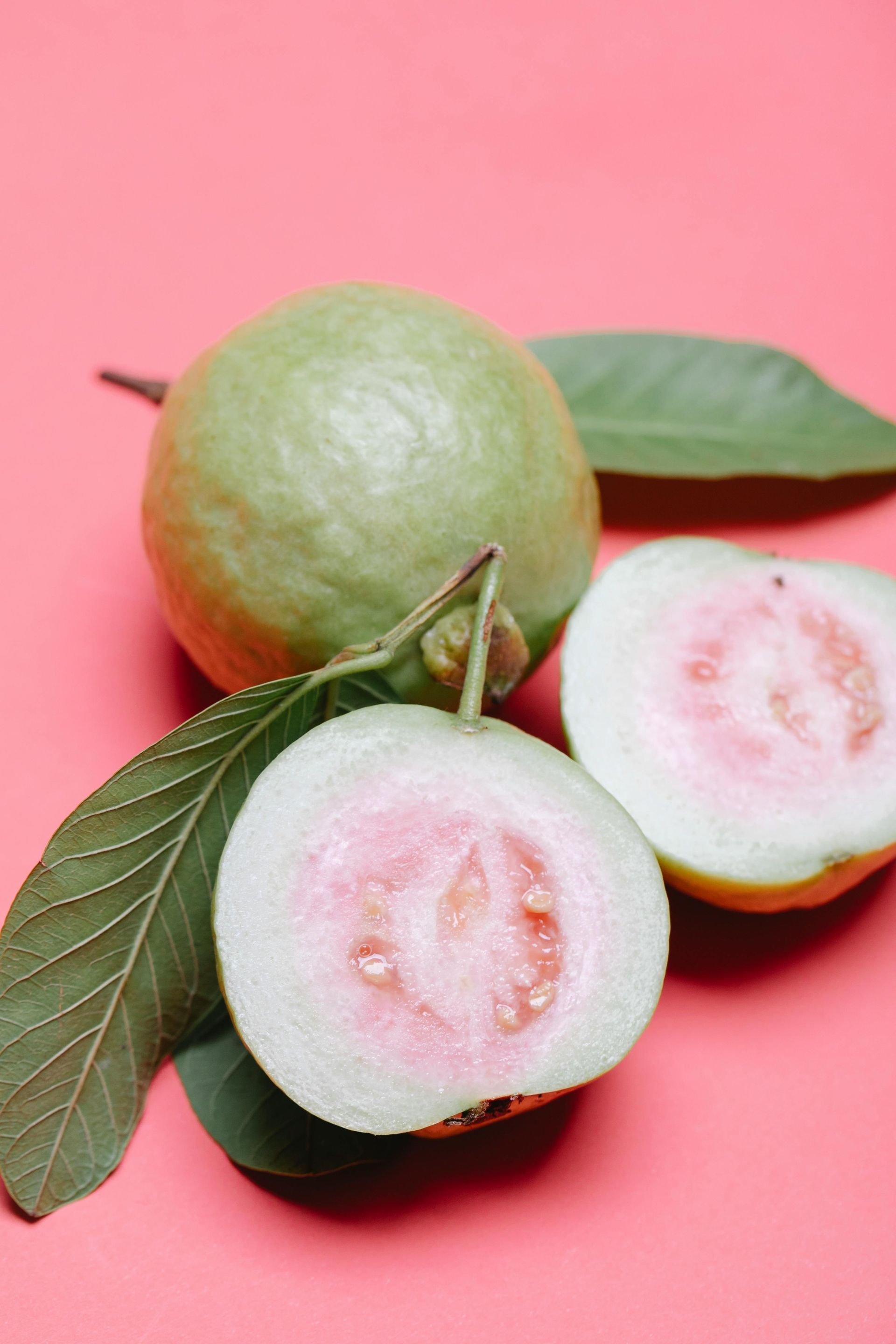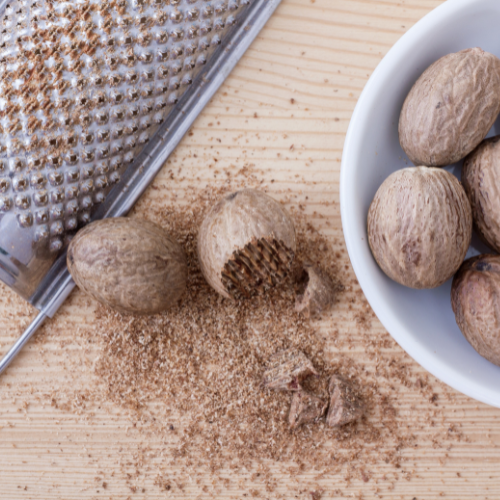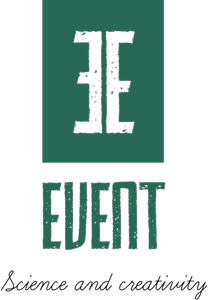Pork Belly Chicharrón Recipe in Air Fryer
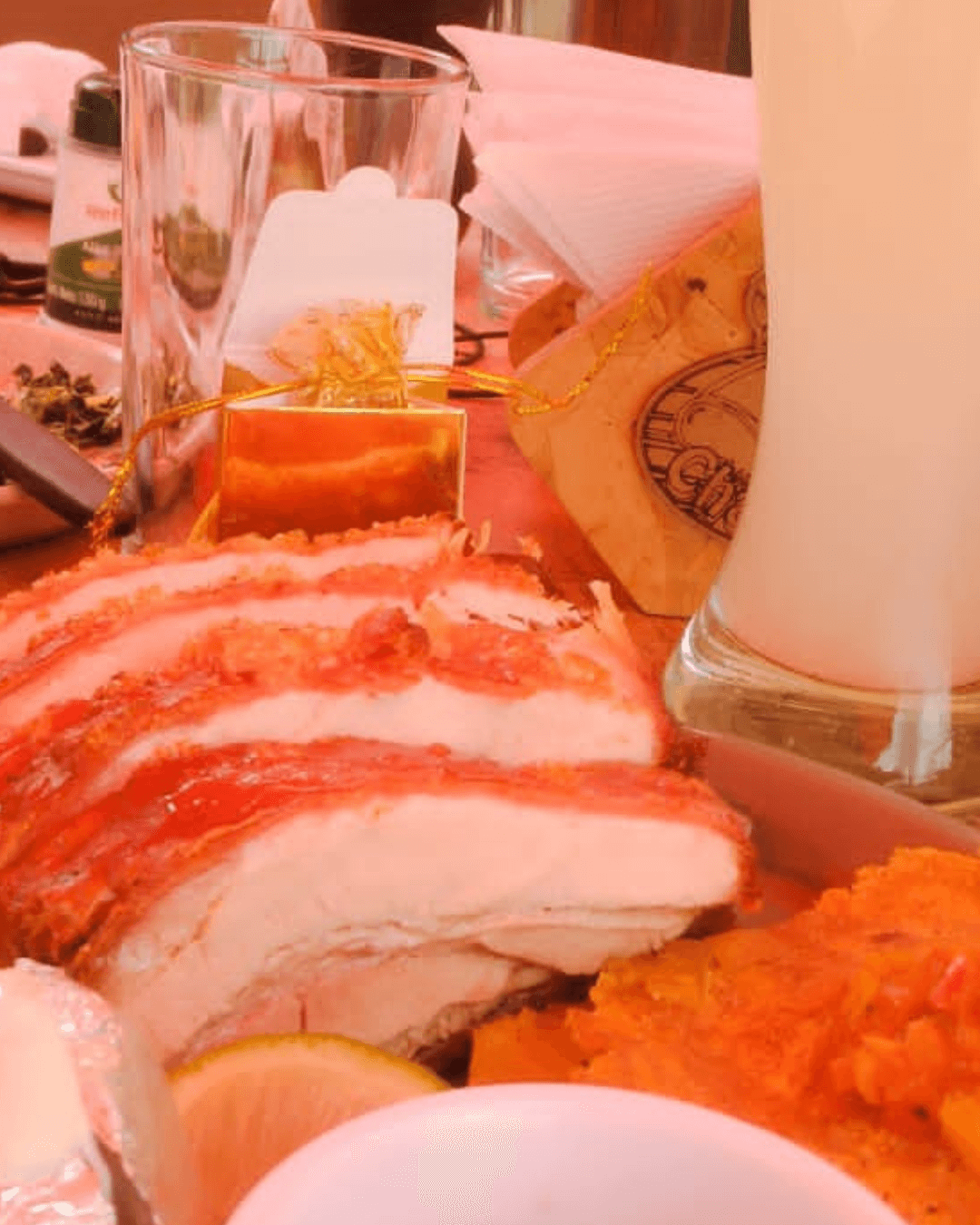
From the majestic mountains of the Andes, which in Colombia are divided into three main ranges—the Eastern, Western, and Central Cordilleras—we began our journey through the Eastern Cordillera. This place, full of breathtaking landscapes and unique cultural richness, is the perfect setting to discover authentic regional flavors. In truth, this trip had a clear purpose: to reach a restaurant we had discovered through some marketing videos that caught our attention. Of course, it was also the perfect excuse to escape the routine, relax, and enjoy nature, but without a doubt, the restaurant was the star of our plan.
Along the way, we came across this roadside spot, specializing in chicharrones and other well-roasted pork cuts. I know that, for some cultures, pork consumption is prohibited (an interesting topic to delve into another time), but, as I always say, 'you have to try everything.' This time, we decided to order 'sobrebarriga,' a typical and delicious dish, although the restaurant’s name tempted us to try their specialty: chicharrón. Essentially, chicharrón is pork fried in its own fat until it becomes crispy on the outside and juicy on the inside—a delicacy you can’t miss if you visit this area.
Chicharrón and sobrebarriga, or matambre, share an irresistible characteristic: their crunchy texture. As we know, this is due to the Maillard reaction, a chemical process that occurs when food is cooked at the right temperatures. This reaction combines sugars and proteins, generating molecules that not only produce those appetizing golden-brown tones but also a mix of aromas that awaken your appetite just by smelling them.
Now, let’s talk about sobrebarriga or matambre. As the name suggests, this cut comes from the ventral part of the pig, specifically the area covering the ribs. It’s a juicy and flavorful cut, with a layer of fat that, when cooked properly, melts and adds a tender texture and an unmatched taste. In Colombia, sobrebarriga is usually grilled or fried and is often served with yuca, ripe plantains, or arepas, making it a complete and representative dish of local gastronomy.
But the interesting part here is why we decided to cross mountains to reach this restaurant. Located about 20 kilometers from Bogotá, this place became our main destination. The reason? A digital marketing video that captivated us. In it, they promoted an 'unbeatable' chicharrón and some tempting offers we couldn’t resist. Truth be told, once we arrived, I can’t complain about the dishes we ordered: they were well-prepared and tasty. However, I must admit that I’ve tried other pork cuts elsewhere, and they seemed better. As for the promotions, we decided not to take any, as, by my calculations, those dishes didn’t quite meet the expectations the video had set for us.
This experience, however, made me reflect on chicharrón and digital marketing. Nowadays, many restaurants promote themselves through these strategies, and that’s fine because, as they say, 'what isn’t shown doesn’t sell.' This led me to think more about marketing and dig deeper into the topic. First, I wondered: how did sales begin? That is, the exchange of goods between people. I concluded that it all started with barter, where people traded skins, fabrics, metals, and spices like pepper. Later, with the rise of civilizations, this system became more organized, giving way to trade routes—specific places where these exchanges took place. These fairs, which still exist today, have their roots in those ancient practices.
For example, today we have fairs like Alimentaria in Spain, IFT First in Chicago (an annual event focused on food science and technology), SIAL in Paris (centered on food innovation), and the largest one, Anuga in Cologne, Germany. Each country has its own fairs, which, although they have evolved, still preserve that commercial spirit that began centuries ago on trade routes.
But marketing, as we know it, began with the Industrial Revolution, and one of its earliest pioneers was Heinz with its famous '57 Varieties' campaign. Although they didn’t actually offer 57 varieties of products, this number caught the attention of Heinz and his wife, becoming a clever strategy to attract customers. With these early campaigns, marketing was born as both an art and a science of selling products and services. When we talk about art, we refer to something created with our hands, something creative and unique; and when we talk about science, we refer to the understanding of causes and principles.
Here’s the interesting part: both in science and marketing, there are similar processes. These processes lead us to establish a relationship, or even extrapolate, certain similarities between the scientific method and marketing. Both seek to understand, test, and improve, whether it’s a product, a theory, or a strategy.




